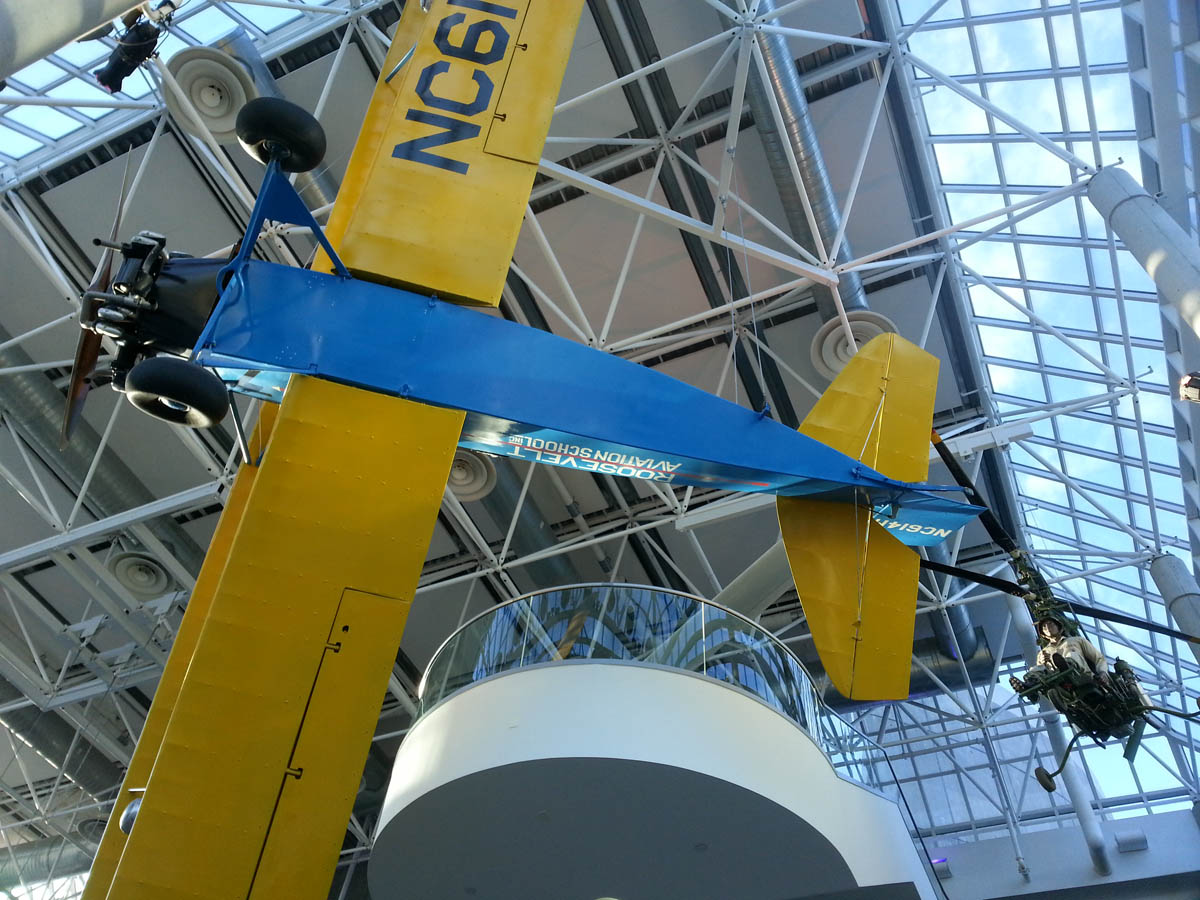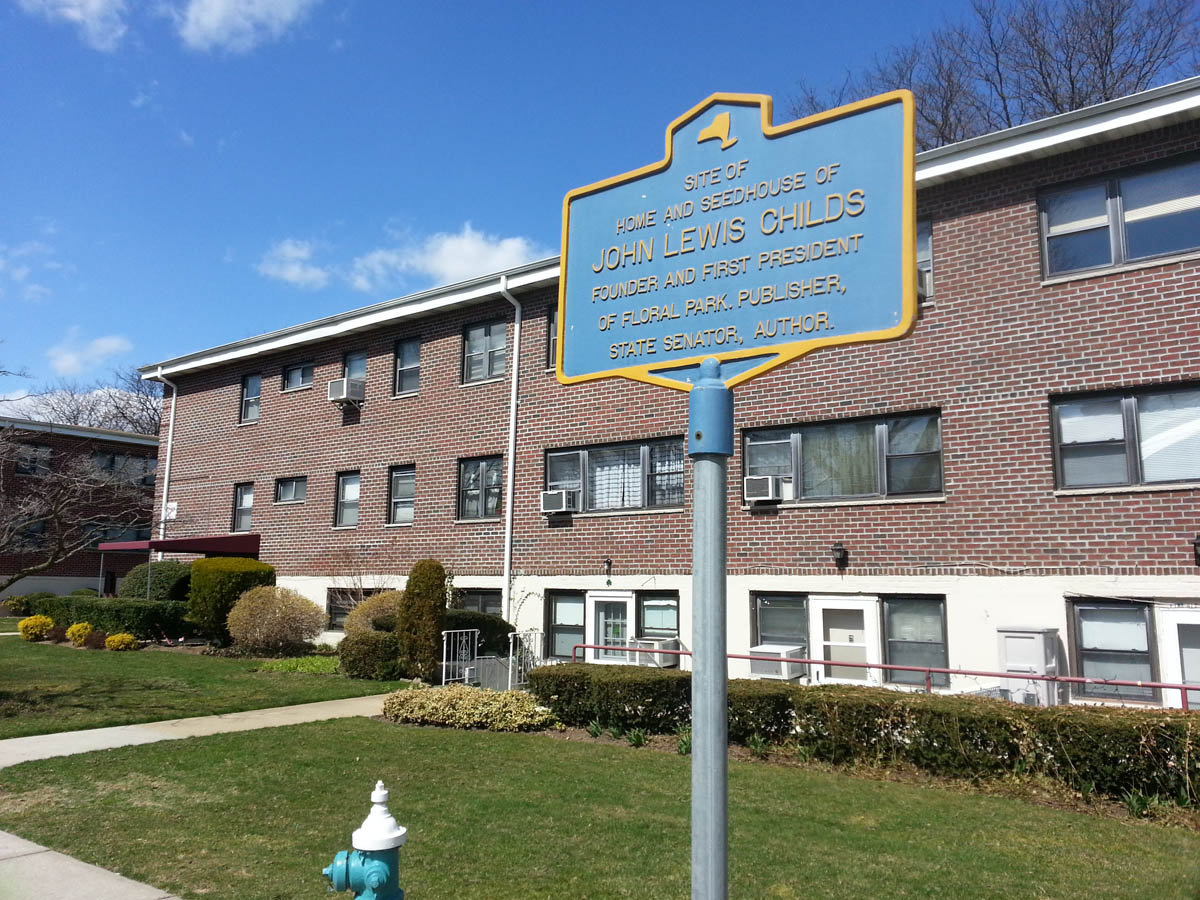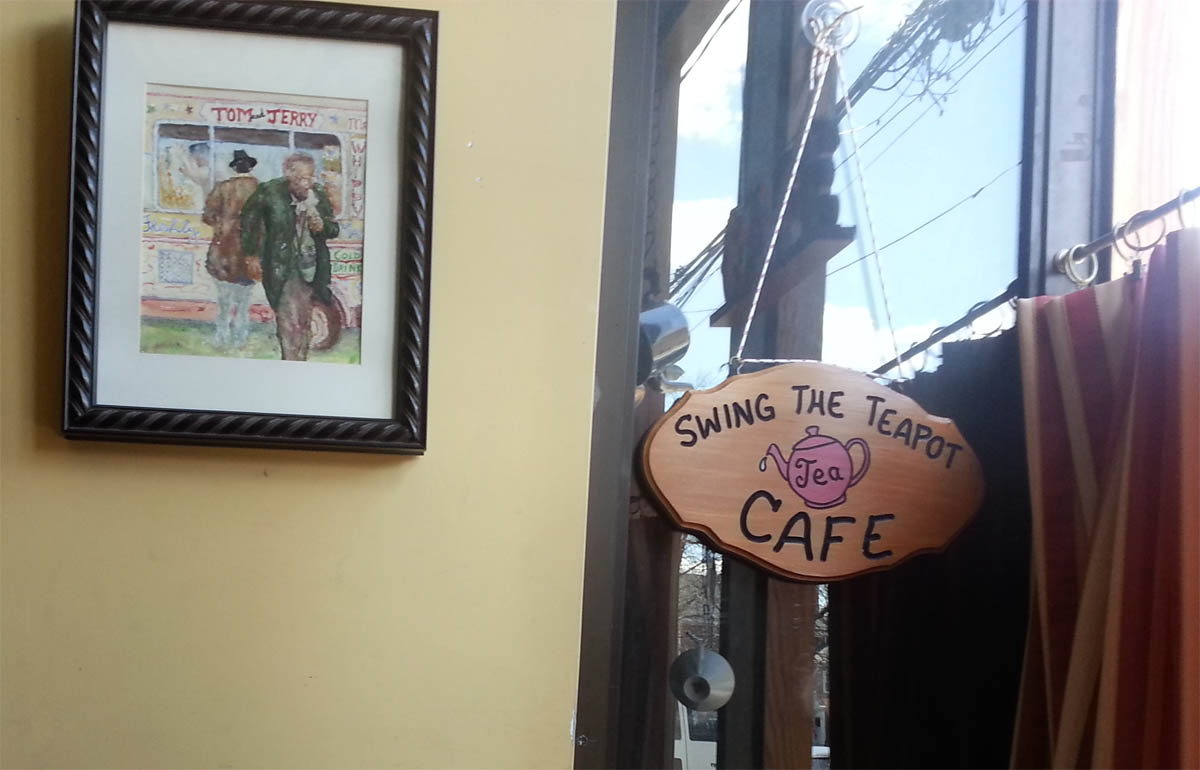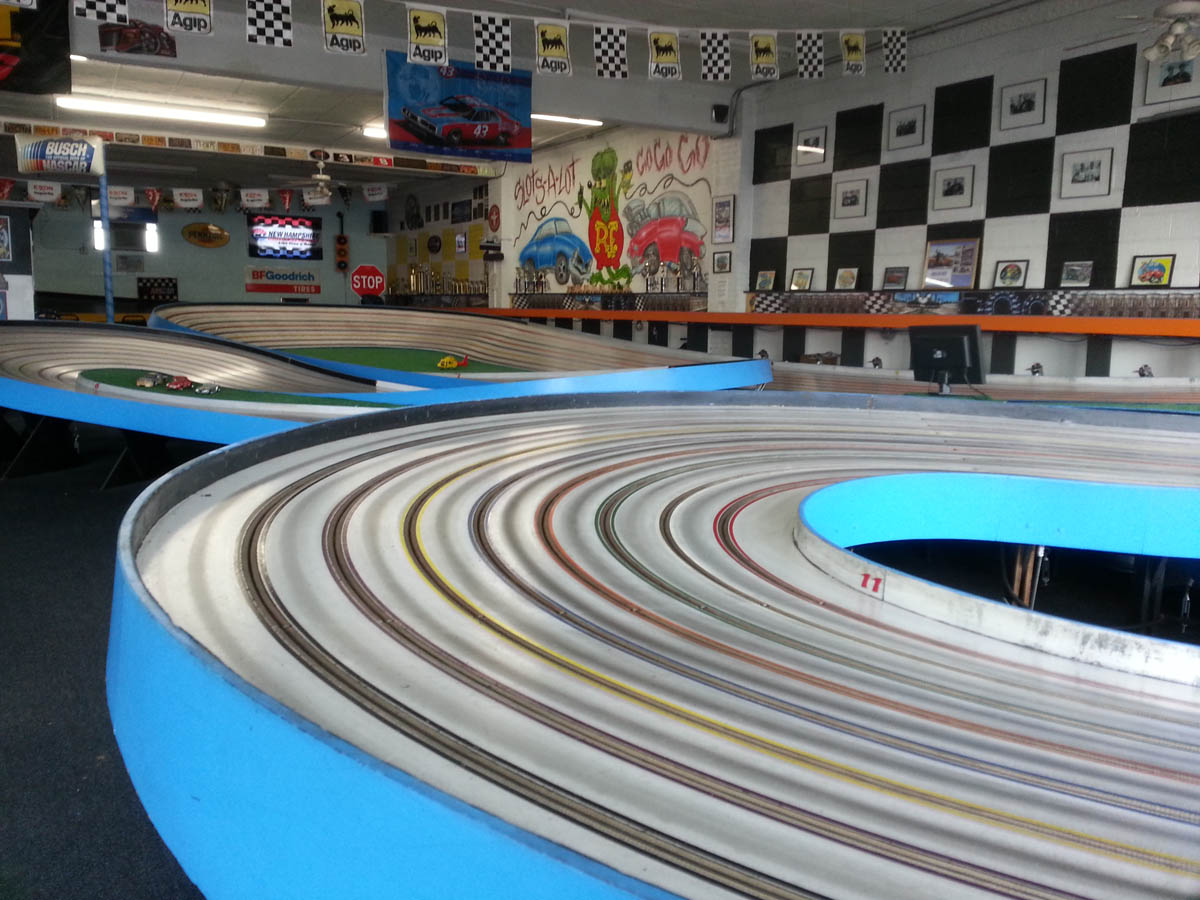EDITOR’S NOTE: On April 2, 2013, I set out on a twenty-three mile “trial walk” from Brooklyn, New York to Garden City, New York, to serve as a preview for what I plan to generate on a regular basis with Ed Walks, a 3,000 mile cross-country journey from Brooklyn to San Francisco scheduled to start on May 15, 2013. This is the second of three trial walks for the project. And this is the second part of my report. You can read the first part here. (You can also read about the first trial walk from Manhattan to Sleepy Hollow.)
The Ed Walks project will involve an elaborate oral history and real-time reporting carried out across twelve states over six months. But the Ed Walks project requires financial resources. And it won’t happen if we can’t raise all the funds. We have 19 days left in our Indiegogo campaign to make the national walk happen. If you would like to see more adventures carried out over the course of six months, please donate to the project. And if you can’t donate, please spread the word to others who can. Thank you! (I’ll be doing another walk tomorrow from Staten Island to West Orange, New Jersey and I’ll be live-tweeting the walk at my Twitter account.)
Other Trial Walks:
1. A Walk from Manhattan to Sleepy Hollow (Full Report)
2. A Walk from Brooklyn to Garden City (Part One)
3. A Walk from Staten Island to Edison Park (Part One and Part Two)
The village was once called East Hinsdale. In the days when trains rattled harder than they do now and George Selden was still working out the internal combustion engine up north in Rochester, East Hinsdale was a few houses, a railroad station, a post office, and a sole store that served the surrounding farms. But in the last decades of the nineteenth century, a charismatic seed seller named John Lewis Childs would change the village’s destiny. Childs had arrived from Maine at the bright young age of seventeen. He built up a burgeoning bulb business and was so successful in hawking flora that he was able to build an impressive Victorian mansion in 1882 with a grand Gothic front and snazzy cornices. The manse was torn down in 1950 to make way for the comparatively pedestrian apartments pictured above.
Childs made several smart business decisions. Aside from taking great interest in his employees’s lives, he began naming the streets after flowers. But Tulip Avenue wasn’t enough for Childs. Childs was a man who saw the bigger picture. He bought up land faster than a trust fund kid with a limitless liquor cabinet and an expense account beyond the dreams of avarice, but with greater grace and acumen. There was pride and reputation at stake. Childs persuaded his neighbors that living in a place called East Hinsdale wasn’t nearly as inspiring as residing in a true village named Floral Park. It was a compelling argument. East Hinsdale became Floral Park in 1890. It is worth pointing out that Childs did this not long after establishing the nation’s first seed catalog business. (Many of his catalogs can be found online through the New York Botanical Garden.) But he was good enough to build a public park and the village’s first school. He even published an annual magazine called The Warbler. And he parlayed his business savvy into a political career that took him to the New York Senate.
But above all, Childs was guided by the flowers. And it seemed especially disrespectful that the place where Childs had once lived and blossomed and sprouted a town did not have a single flower for the casual stroller to admire.
Despite the historical calumny against John Lewis Childs, Floral Park is a very pleasant village, especially if you walk along Tulip Avenue. I stumbled onto a charming establishment called Swing the Teapot. I entered through a white door with a curled floral pattern etched into the glass and found a window seat at an old Singer sewing machine turned into a table with a smooth surface. Three tiny cups dangled from a teapot hanging in the front window, draped with striped curtains. Warm browns beckoned families and retired types and tittering girls inside to fine tables near brawny brick walls. I heard concerns about an uptick in foreclosed homes. There was a young woman trying to lull her grandfather into the seedy world of social media and hashtags. It was refreshing to sit in a public place without laptops or people constantly looking down for new messages, although I felt like the biggest hypocrite when I checked my phone to ensure that I was on the right route. I was, after all, only hours away from the Cradle of Aviation Museum in Garden City, New York.
I enjoyed a bowl of potato leek soup and a blended pot of Thai tea that provided much needed sustenance for the next seven miles. I asked the waitress how long the place had been around. She said five years. Was it a family business? “Can you read?” she replied. “There’s a story on the menu.” Indeed, there was. Something about a guy named Jack Smith who came to America in 1929 selling tea door to door. A Floral Park legend to match John Lewis Childs, but one you won’t find in the history books.
[haiku url=”http://www.edrants.com/_mp3/tw2-b.mp3″ title=”Conversation with Bianco and Kenny — Slots-a-Lot Raceway” ]
There were two men in the squinty distance, but I was too mesmerized by the three raceways edged with red and baby blue siding. The lined lanes devoured most of the space at Slots-A-Lot Raceway, with the king track’s inviting coils stretching some 150 feet.
The man behind the counter was Kenny. He owned the raceway and his eyes and cheeks burned with bright life. The other man was Bianco. He was the trusted techie wearing sunglasses and dark leather, perched on a tall corner overlooking the tracks. I had arrived not long after the place had opened, not long after Kenny had turned the keys for another night in raceway heaven.
Kenny and Bianco were from Brooklyn and had been pushed all the way out to Franklin Square to keep their passion alive.
“When I was a kid,” said Kenny, “the first time I’d seen a slot car raceway was in my neighborhood. It was around 1967. So it was in a store in Brooklyn called Jermaine’s. And it was a stairway that led up to second floor. So I took a walk up the steps. And when I was a young kid — maybe like about six years old or so — the first time I’d seen a slot car track was in Jermaine’s Raceway in Brooklyn, New York. On 15th Street and 5th Avenue.”
There is no trace of Jermaine’s through Google.
“So after that, it was kind of a sad story. So I saved up some money to buy a slot car. Back then, the cars were about maybe seven dollars a piece. So I saved up enough money and by the time I had that money, the raceway wasn’t there anymore. Later on in life, when I was around maybe thirteen or fourteen years old, a friend introduced me to another place in Brooklyn called Buzz-A-Rama.”
Fortunately, Buzz-A-Rama remains quite alive.
“And we went there. And I seen the place. I seen the tracks. And the rest from here to then is all the history of slot racing since 1975.”
I asked Kenny why he felt that slot racing had fallen off in recent years.
“It’s because of the space that you need to have these tracks set up in such a size building. That the rent takes over a lot of the profits of the raceway. But if you either have the building or you own it, or you can find it at a good rent, you can make it work. And if you know enough about the hobby to keep people interested — by having races, birthday parties, just walk-in customers, rental cars — and if you can do all that in the time frame that you have — after school hours from four in the afternoon to maybe nine or ten at night — and you can do that within that time, you can make it work. Because we’ve been here now almost — next year, we’ll be fifteen years.”
There are several reasons to try out slot racing in 2013, but one greatly compelling one is the fact that today’s slot cars are much faster than they were decades before. And if you’re racing open class, the lap time around the Slots-A-Lot king track is 2.1 seconds.
But the track surfaces need to be cleaned every week. The lanes need to be rebraided. There’s a DC battery system that needs constant maintenance. Because the last thing you want is a leaking cell. Fortunately, slot car supplies are secure. There isn’t much of the way of scavenging with this hobby. And that’s because Europe and South America love slot car racing more than America.
Bianco’s interest in slot cars was more recent than Kenny’s. He came from a family of motorheads. On the weekends, he’d help out his cousins with brake jobs and changing oil. The passion advanced to miniature when Bianco developed a highly addictive interest in RC cars in the mid-90s. It evolved further when he tinkered with a slot car home set.
“I went home and did some research on it,” said Bianco. “Because I saw the cars and the details and everything. And I was very amazed. And when I started doing research, I found that they made the cars in a bigger scale called 1:24, which ran on commercial raceways. So I started doing a search for commercial raceways in New York, found Slots-A-Lot, came down, introduced myself. The people here were warm, welcoming, and willing to help you get started in the hobby at a reasonable price. And I’ve been involved in the Raceway ever since then.”
Bianco helps Kenny with his computer needs, bringing in his expertise from the energy business, and he works at the Raceway for free. He loves slot car racing that much. He feels that if he doesn’t put in the time now, then tomorrow’s kids may not have a place to race slot cars.
“No matter what you go through in life, it takes you back to that happy point in your life. And that’s the passion that keeps this place going. Where guys continue to come back and the owner wants to keep the doors open.”
A lot of these guys, much like Kenny, have stayed at it since the 1960s. But Bianco says that, on a national level, slot car racing doesn’t quite cut it with today’s youth. Many raceways have been forced to close down because of the waning interest. It’s the birthday parties and the family gatherings that keep the flame alive, that keep Kenny and Bianco smiling in Franklin Square.
It was close to 4:30 PM and time was tight. The astronaut Jerry Ross was scheduled to begin his talk at 7:00 PM. But I had miscalculated the distance. There were two additional miles to the Cradle of Aviation Museum. So I was forced to walk past The Witches Brew in West Hempstead — a notable haven for Long Island skateboarders. Hampstead was also neglected, but I loved watching the acrobatic garbage men dance in the streets and leap on the back of trucks while making sunset pickups. I felt the sun dying into my back.
I arrived at the Cradle of Aviation Museum sometime around 6:20 PM. There were a few other people who sauntered behind me. An old school guard opened the door. I told him that I had walked 23 miles. Would it be possible to talk with astronaut Jerry Ross before his presentation? The guard said not before, but after.
“It’s up to Mr. Ross,” he said.
The guard sized me up as a man without military background. Had I possessed some arcane aviation factoid, there might have been a shot at camaraderie. But this was a place where my breakfast crepe-making skills were not welcome.
The guard let us into the Cradle’s grand lobby, where a Grumman F-11F and a Fleet Model 2 biplane were suspended above.
I was able to sit for a bit. My respite was not to last long. A queue formed near the entrance of the theater planetarium. After walking 23 miles, I stood in line. I watched an older woman with a medical walker slowly approach the front. She asked for the guard, who had retreated into the theater. She was told that the guard wasn’t letting anyone in. This did not surprise me, given his largely unsympathetic attitude to people with curious bipedal predicaments.
“Well, tell him I can’t stand!” said the woman. “I’m sneaking in.”
And she did.
A few minutes later, the sour guard emerged from the entrance.
“Did you let that lady in?” asked a man near the front.
“She threw me out,” quipped the guard.
Put any man on the road for a time and he will forge a clear gaze that tells you he’s seen it all. Magnify that quality by about six million and you have the look of an astronaut.
Jerry Ross is a robust man of sixty-five who does not waste words and does not waste time. He has clocked in nearly 1,400 hours in space, performed nine space walks, and enjoys flicking his red laser pointer around a purple planetarium screen.
“God had intended me to be in space,” said Ross before the awestruck crowd. But Ross had also been chiseled by a rock solid work ethic. “Every dollar I made baling hay on the farmers fields or whatever else I was doing, all that money went into a special account that I had established to help save money for my college education.”
Ross had built rockets as a boy in Indiana. His advancement had been swift. He went from studying mechanical engineering at Purdue to testing out ramjet missiles. He was the top graduate of the USAF Test Pilot School, which allowed him to secure a job as the lead flight test engineer for the B-1 Bomber. He flew 23 missions in the vehicle. And because Rockwell had built both the B-1 and the Space Shuttle, the cockpits for both were almost identical.
The first time that Ross had applied to fly the Shuttle, over 10,000 people jammed the mailboxes with forms. Ross was one of 210 selected to come down to Houston for physicals and interviews. But he didn’t make the next cut of 35 applicants.
“This all goes hand in hand with what I try to tell young people when I talk at schools,” said Ross. “It’s the fact that they need to pick out what their likes and dislikes and talents and capabilities are, and to set goals for themselves. To study hard, to work hard, and to not give up too easily if they don’t get things the first time they try.”
Ross was clearly a man who had a few pointers on how to walk across the country.
[haiku url=”http://www.edrants.com/_mp3/tw2-c.mp3″ title=”Conversation with Jerry L. Ross” ]
I stood in line after the presentation and told Ross about my project. He was very gracious and offered me a few minutes after he had signed books. I asked Ross how spacewalking differed from regular walking.
“Well, you don’t wear out the soles of your feet, for number one,” said Ross. “And you’re just floating along. You’re not physically walking. Any walking or moving around you do there is with your hands instead of your feet. And if you can imagine, the spacesuit is pressurized at 4.3 pounds/square inch. So every time you open and close your gloves, it’s kind of like squeezing a rubber ball. And if you can imagine doing that for six and a half or seven hours while you’re outside in a spacewalk, you can imagine how fatigued your hands will get.”
Astronauts train in a water tank wearing the exact same suits that they use in space. So they’re building up the same muscles they’ll need in orbit. The astronauts also spend about the same time in the tank as they do in space: roughly about six hours.
“It takes a lot of endurance and a certain amount of strength in the upper body. But it’s more the endurance factor that comes into play when you’re out there for long periods of time.”
Ross said that this endurance was more physical than mental, although the exhaustion is just as tiring mentally as it is physically.
“Because your brain is going a thousand miles an hour. It’s trying to remember everything you’re supposed to do. It’s trying to remember where you safety tether is, what your buddy’s doing. Every once in a while, you’re trying to look and sneak a view of the ground. And your brain is just literally almost fried by the time you get back inside.”
After his last mission, Ross devoted much of his time to making sure other astronauts could walk safely in space.
“I figured that if I wasn’t going to fly anymore, I didn’t have to worry about saying something that might make somebody mad. I’d just say what I thought was right. And more than once, during countdowns, when I didn’t like something, I would either call or email somebody. And for whatever reason, either because of what I said or because one of the people said or something, they stopped doing what I didn’t like and they came back another day to launch when things were straightened out.”
It turns out that Ross is also a walker. And he’s been talking with Purdue about doing a walk across Indiana for “a stem-related thing for schoolkids.”
I asked Ross if he had any tips for a cross-country walk.
“Watch for the bulls out in the pasture.”







[…] raise money to take and document 3,000-mile walk across the country. He also talked about his dispatches from the road and shared advice for creating perks for your campaign. Here’s an […]
[…] raise money to take and document 3,000-mile walk across the country. He also talked about his dispatches from the roadand shared advice for creating perks for your campaign. Here’s an […]